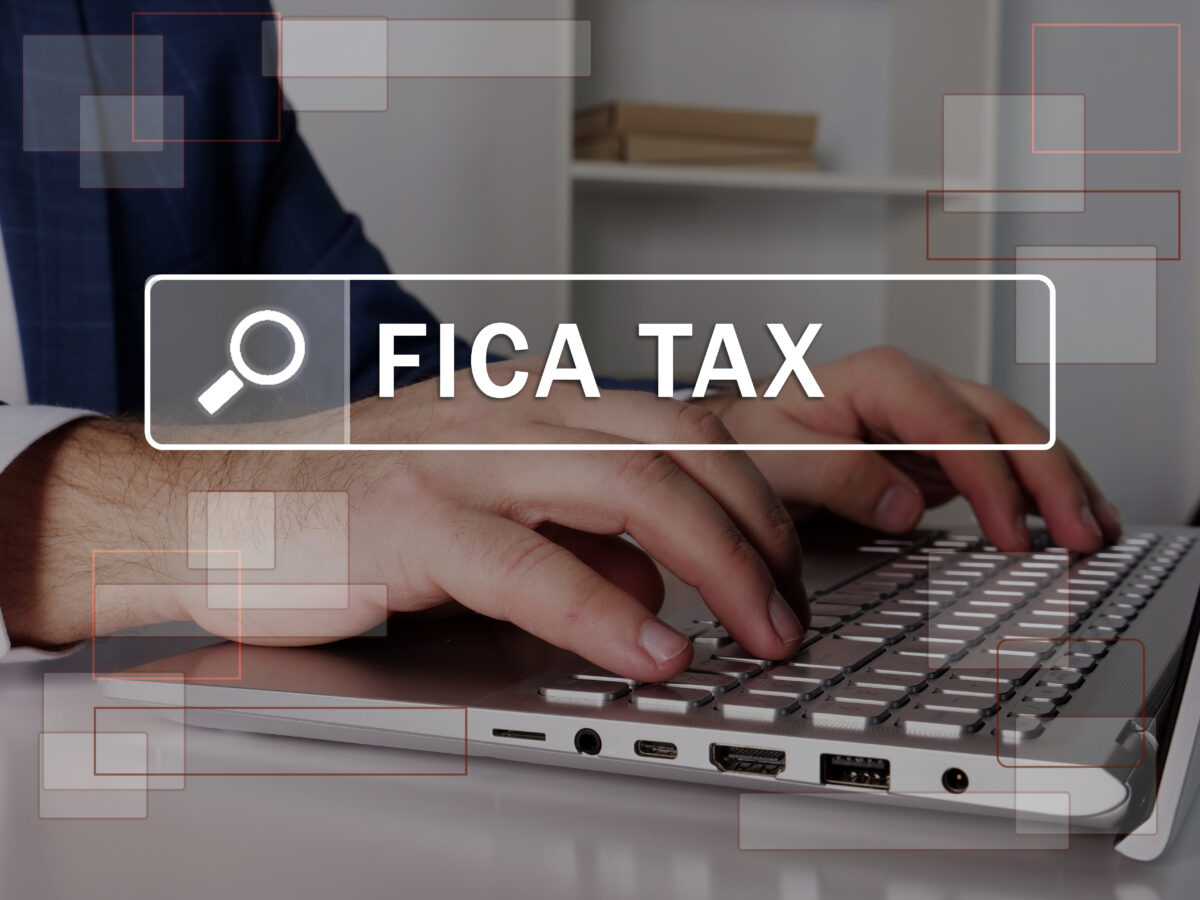Starting a small business takes more than just putting up the startup capital and launching the business. Aside from the need to drive up business development to get more clients and customers, small business owners have to deal with many other things. For starters, they also have to pay salaries and wages to their employees. They also have to set aside money for their contributions to social security funds and other payroll taxes for their employees.
There are several ways for small businesses to reduce their payroll taxes and other federal taxes. If you want to know more about how small businesses should handle payroll taxes for their employees, you might want to check out these tips on minimizing social security taxes. Here’s a brief guide for small business owners on how much social security to pay and process for their employees.
Post Contents
1. Types Of Payroll Taxes
Social Security contributions are one of the many types of payroll taxes. Employees’ contributions are deducted from their salaries and wages. The law requires small business owners to make these contributions as an employer. There are different types of payroll taxes. They can be grouped generally into three; federal taxes, state taxes, and local taxes.
The employer has to pay the federal taxes to the US government. They’re reported by filing tax returns and then paid to the Internal Revenue Service (IRS). The three federal payroll taxes are withheld federal income taxes, Federal Insurance Contributions Act (FICA) taxes, and unemployment taxes.
2. How Much FICA Taxes To Pay
Federal Insurance Contributions Act taxes or FICA taxes are payroll taxes that pay for the Social Security and Medicare contributions for the employee’s benefit. It’s also sometimes called a ‘shared tax’ because both the employer and the employee contribute funds to these payroll taxes.

The payroll tax rate for Medicare as of 2020 is 1.45% of the employee’s salaries and wages. And the Social Security payroll tax rate is 6.2% of the taxable wages of the employee. Together, these two payroll taxes add up to 7.65%, the total FICA tax rate.
Keep in mind that you will have to pay Social Security taxes only for the first USD$137,700 of your employee’s salaries and wages. For 2020, the maximum amount of Social Security tax that both employer and employee will each contribute shouldn’t be more than USD8,537.40. For Medicare, the applicable tax rate goes up by 0.9% for salaries, above the threshold of USD$200,000.
Given this information, an employer can reduce their FICA tax contributions by not paying any of their employees anything more than USD$137,700 as their basic wages. Employers should structure the wages of their employees such that they won’t have to pay anything more than the limits for both social security and Medicare contributions.
They can do this by making the rest of their employees’ wages as transportation or meal allowances so that they don’t add up to the basic wages. They can also set the rest as productivity incentives for output-oriented jobs such as sales, marketing, and business development jobs.
3. Social Security Benefits
All employees who made payments of their FICA tax requirements (together with their employer’s contributions) will receive benefits from the Social Security Administration (SSA) when they retire. The social security fund pays for disability insurance and survivors’ benefits for individuals who qualify to become beneficiaries and recipients. Contributors who become disabled or reach retirement age will receive social security benefits.
Should the employee die, their spouse and children will receive survivors’ benefits out of the FICA tax contributions made by the employee while working and paying FICA taxes. The SSA has a formula for computing how many benefits an employee will receive upon retirement. They get the 35 years of an employee’s entire employment record with the highest amounts of FICA tax contributions. They then multiply these amounts with indexing numbers which are supposed to adjust an employee’s FICA tax contributions to reflect current salaries.
4. Indexed Rates To Get Primary Insurance Amount
The SSA would then take the average of these indexed rates to the primary insurance amount for the employee. They will use the primary insurance amount to calculate social security benefits. There’s more intricacy to the computations, but the Primary Insurance Amount (PIA) functions as a baseline. If the employee can wait until full retirement age, they can get 100% of the PIA as benefits upon retirement.

If the employee decides to take some of their retirement benefits when they reach 62 years old, they’ll receive around 75% of their PIA as their retirement benefits. Employees who earn more than USD$15,000 for every year past their year of early retirement will be subject to a penalty of USD$1 for every USD$2 that exceeds the earnings limit of the worker each year.
There will be no penalties for employees who can wait until their full retirement age before receiving any retirement benefits. Those who can wait for a little more until they reach 70 years old will receive around 130% of their computed PIA. The SSA won’t add any benefits for contributions made when the employee turns 80 years old. Employees would have to pay social security taxes on all the income they earn when they turn 70. The dollar limit of income subject to contributions when the employee turns 70 years old is USD$110,100.
5. Contributions And Procedure For Payment
Keep in mind that employers have to pay the whole amount of the employer’s contributions for each of their employees. It is based on the applicable percentage of salaries that the employer has to pay out as contributions. Shares of employee contributions will be based on their salaries and wages, though there’s no contribution limit.
You’ll have to fill out IRS Form 941 if you’re going to make quarterly reporting and payments of FICA payroll taxes. If you’re going to make annual reporting and payments, you should fill out IRS Form 944. As an employer, you have to withhold the FICA payroll taxes from the employee’s wages. These withheld amounts should correspond with the percentage of the employees’ salaries and wages.
After filling out the forms, the employer must submit them to the IRS. They also have to deposit the withheld amounts and their employer contributions to the IRS. There’s an electronic payment system to transfer the social security payroll tax funds to the accounts of the IRS.
Conclusion
Small business owners have to handle social security and payroll tax payments for their employees and themselves. There are ways to minimize their payroll taxes and social security contributions by sticking to the threshold dollar limits. They can also structure the salaries and wages of their workers to bring down their employer contributions to payroll taxes to the bare minimum required.






























